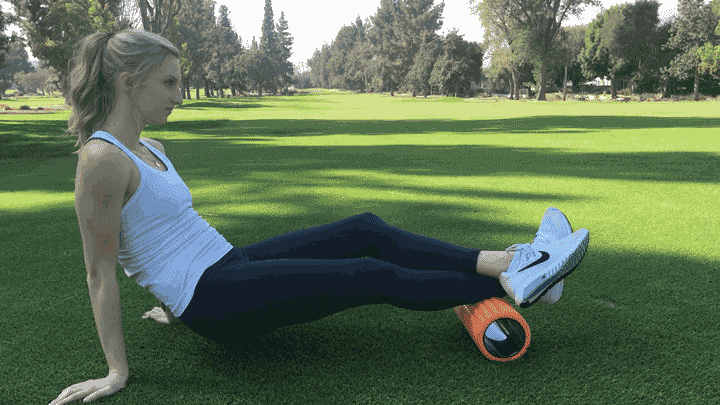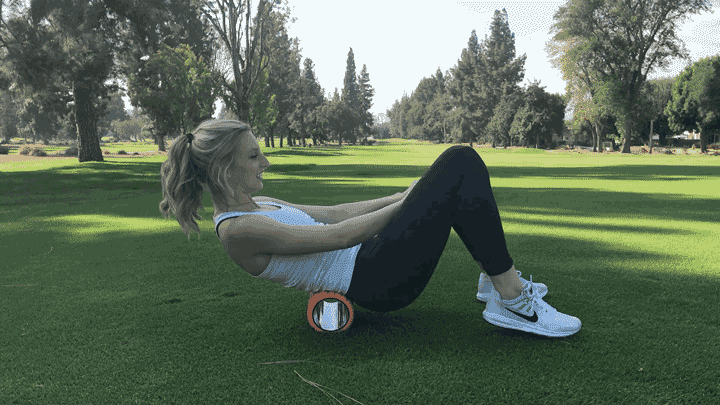How to Foam Roll (Like a Pro)
- Sydney Eaton

- Jul 9, 2019
- 3 min read
A lot of people have been asking me about foam rolling lately- What is it? How do I do it? How often do I do it? Well, I hope to answer these questions and more, with this guide that will make foam rolling a simple and effective recovery strategy for you to implement into your routine.
Why Foam Roll?
When working out, we often put our body under new stresses- running a little farther than usual, biking a little faster, lifting a little heavier. Your body will adapt over time to these new stresses and allow you to keep progressing in your fitness; however, your body will most likely react to the new load you’re expecting it to handle. Feeling tight, sore; maybe a little tender? Yep, that’s normal.
Overactivity often causes knots to arise in your muscles! And those knots can heavily decrease the normal elasticity of the muscle. If left untreated, your movement patterns can be altered due to these knots (just think of the way you walk or sit in a chair differently when you’re sore to avoid a tender spot)…this altered movement can lead to new injuries and knots, so it’s super important to take care of knots and adhesions as they arise.
Foam Rolling, is one of the most popular ways of relieving tension in these knots!
What is ‘Foam Rolling’?
Foam rolling can actually be better described by the umbrella term Self-Myofascial Release (SMR). SMR is a flexibility technique used to inhibit overactive muscles. It works by helping you to identify knots and adhesions, and placing pressure on them to help break up that tension in them. It’s similar to the pressure relief of a deep tissue massage…but what’s great is that it’s way cheaper than a deep tissue massage, and you can do it yourself!
SMR can be performed with a foam roller, handheld roller, or massage ball which can be ordered on Amazon or found at your local sport shop; or, look for other tools you might find at home like a PVC pipe makeshift roller, or other balls like a lacrosse ball or tennis ball.
Whatever tool you choose, I recommend a beginner to start with a softer object that covers more surface area of your skin like a soft foam roller linked above. Overtime progress to the harder objects (like a PVC pipe), and those that cover less surface area (like massage balls). These harder, smaller object will hurt the most, but will also get into those knots really deep.
How to do it?
In order to do foam roll activity right follow these quick steps:
Maintain good postural alignment throughout the exercise. This means keep your spine in a neutral position by keeping your core tight.
Slowly roll over the area.
Focus on relaxing your tissues as you roll. It will be difficult to release tension if you’re all tightened up.
Look for trigger points (those spots that are really tender, and hurt the most to roll over), pause right on the spots for 30-90 seconds, or until you feel a release in the muscle.
How often should you do it?
Perform foam rolling daily, with one 30-90 second hold on each muscle, unless otherwise specified by your doctor or medical professional.
My favorite exercises:
Follow along with my favorite exercises below. Remember, focus on keeping that core tight, and remaining relaxed as you roll along the muscle.
Consult your doctor if….
SMR is safe for healthy individuals, however there are some contraindications for SMR. Please consult your doctor before performing SMR if you have or have a history of:
Congestive Heart Failure
Organ Failure
Bleeding Disorders
Cancer
Osteoporosis
Diabetes
This list is not exhaustive, if you’re worried about your particular condition please consult a doctor before performing SMR.














Comments